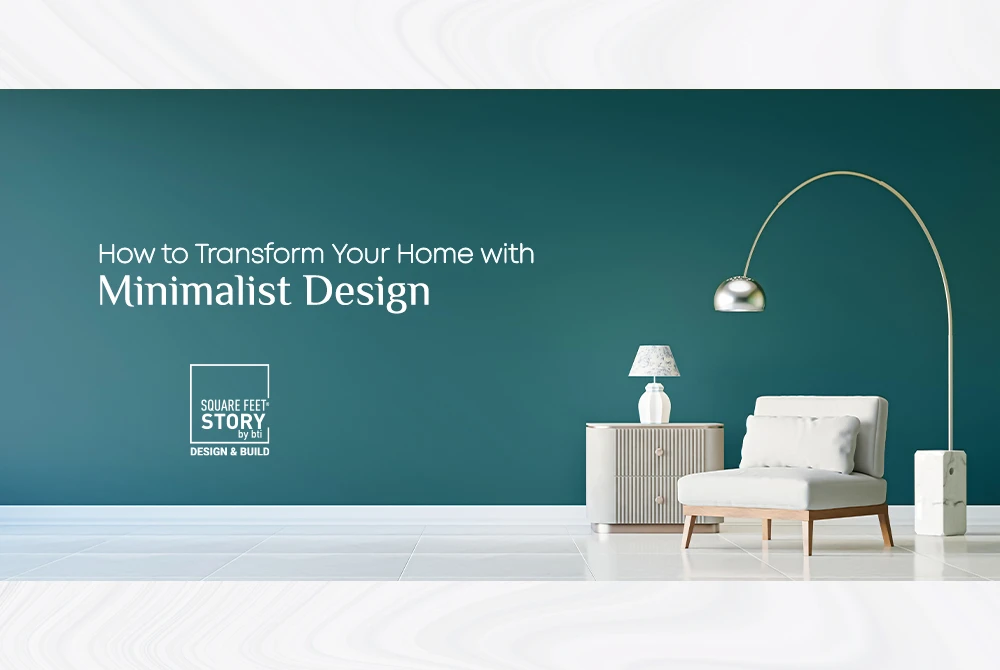
How to Transform Your Home with Minimalist Design
In a fast-paced world filled with endless distractions, there is an increasing longing to simplify and seek comfort in the elegance of simplicity. The minimalistic design offers a remarkable approach to accomplish this, extending beyond mere decoration and transforming into a way of life. Minimalism is more than just a design trend; it is a lifestyle decision that prioritizes simplicity, practicality, and a clean and organized space.
Where it all started…
The concept of minimalist home design was born out of Zen philosophy that influenced many countries in the East. In countries like Japan, Korea, and other similar Asian regions, the available size for building homes is quite limited. However, this did not discourage Asian interior designers from creating exceptional home interiors that exude character. They embraced the teachings of Buddha and focused on enhancing the functionality of their homes without sacrificing comfort.
The essence of Zen philosophy lies in finding tranquility in one’s surroundings. It is not about giving up luxury, but rather about incorporating elements of nature, creating open spaces, and introducing greenery. These philosophical principles work together to enrich human life by connecting individuals with the natural world. Zen encourages simplifying one’s life to find inner peace, and today we will explore how to incorporate this philosophy into our fast-paced lifestyles.
Now let us discuss how to incorporate minimalist design into your house without compromising on essentials.
Choose subtle and neutral color schemes
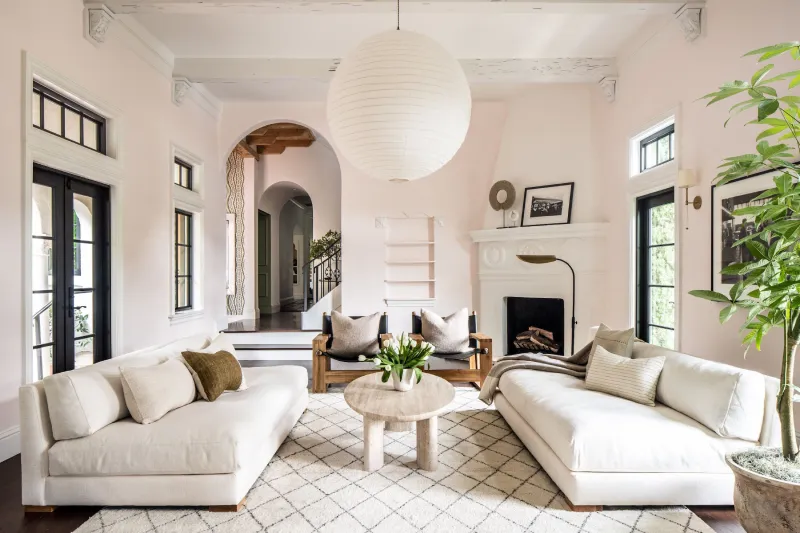
One of the primary principles of minimalist interior design is the utilization of neutral color schemes or soft shades of natural colors. Given that minimalism is rooted in simplicity, a vibrant range of colors is atypical. However, if you desire to incorporate some shading into your interior design, you can always achieve that through patterns and texture. For instance, you can employ simple lines on the walls alongside the neutral colors or incorporate home decor items with chrome hues and arrange them in alternating positions. This will result in a vibrant design within your minimalist home.
Returning to the ideal color palette, opting for white walls will provide the most minimalist appearance. This inadvertently establishes a blank canvas for your design concepts. You can exercise creativity in your color scheme as long as you predominantly adhere to monochromatic shades of green, brown, beige, and white.
Opt for furniture and decor crafted from organic materials
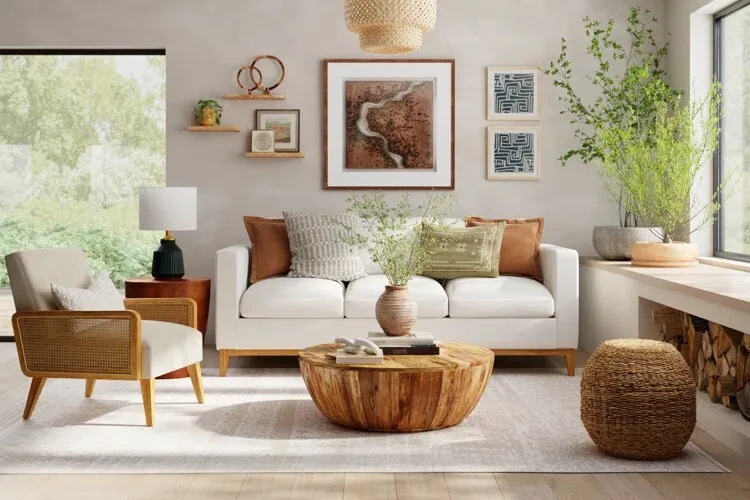
Another important aspect of the minimalist interior design style is the integration of natural elements. This is because the fundamental principles of Zen philosophy emphasize the harmonious relationship between humans and nature. To incorporate natural materials, you may opt for furniture pieces exclusively crafted from wood; such as wooden wardrobes, wooden frames for artwork and wall decor, wooden dining chairs, etc. Moreover, you can further enhance the use of natural elements by incorporating tatami mats, jute fabrics, and straw carpeting into your surroundings.
However, it is crucial to maintain the minimalist theme throughout. The color of your furniture should still reflect minimalism, and the design of the furniture should support a clutter-free living space. Additionally, prioritize multi-functional furniture with clean lines, as these pieces serve multiple purposes and help save space. You can also consider utilizing wood with varying textures. This not only enhances the characteristics of the natural materials, but also creates a positive ambiance in your minimalist home.
Open living space
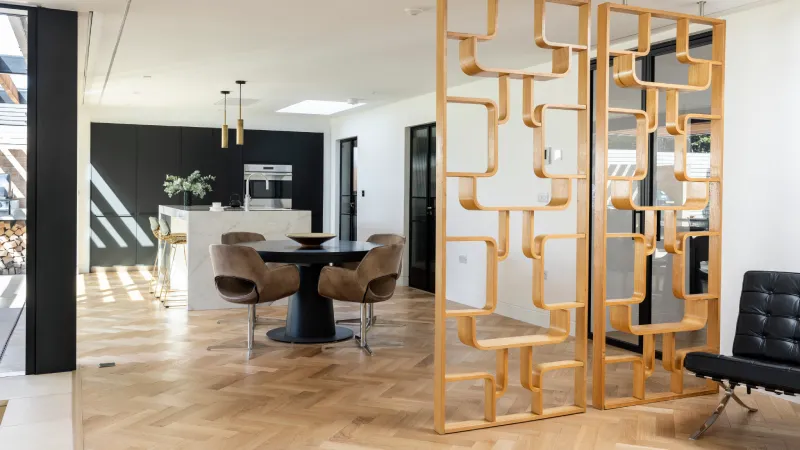
To optimize the flow of your living space, replacing swinging doors and windows with sliding ones is advisable. This design choice is particularly effective in achieving a minimalist aesthetic, even in larger homes.
For smaller homes or apartments, sliding doors offer not only aesthetic benefits but also practical solutions. By incorporating collapsible room dividers and screens, you can create distinct areas within your living space. These dividers can be easily stored away when not in use, allowing for a seamless integration of natural elements like light and air.
Introduce an ample supply of light
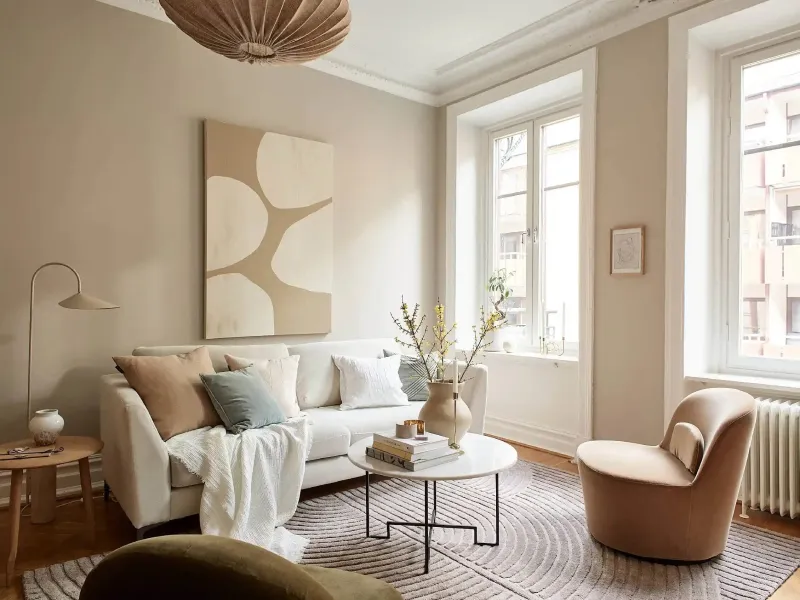
Another key element to making a room minimalistic is to incorporate ample natural light and fresh air into your living space. This concept of home transformation is drawn from Japanese interior design. Another crucial aspect is the lighting. Minimalist decor promotes using functional lighting fixtures such as overhead LEDs, pendant lights with clean and simple lines and sconces with monochrome themes.
These lighting elements can be strategically placed throughout the house, as it is essential to maintain a well-lit environment in a minimalist home. By illuminating the space, especially in smarter homes, the design style enhances the perception of openness and expansiveness that comes with utilizing open spaces. Floor lamps and chandeliers can also be used to enhance the looks provided they adhere to minimalist principles and aesthetics.
Incorporate greenery
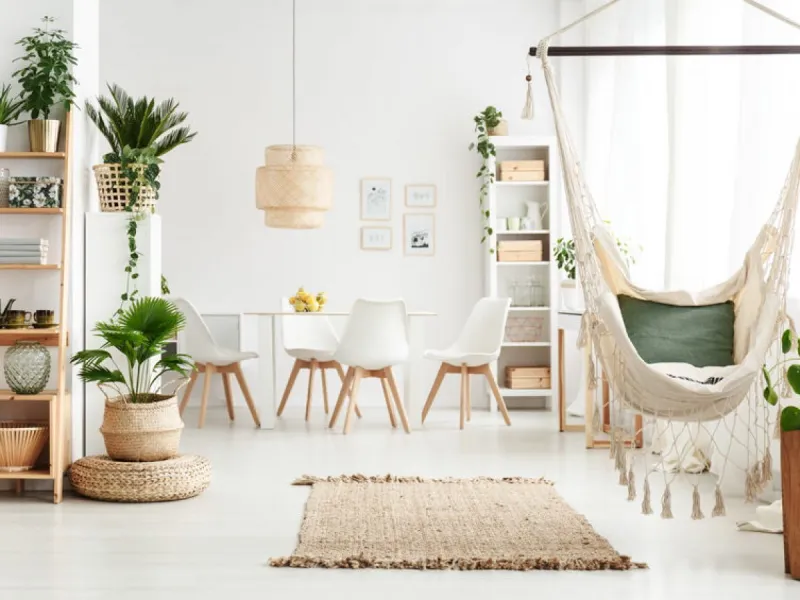
In addition to suggesting eco-friendly furniture and fixtures, it is highly recommended to incorporate greenery into your living space. This cultural tradition not only adds vitality to your home but also attracts positive energy and good luck.
Furthermore, integrating plants, shrubs, succulents, and other indoor elements enhances the natural color scheme of your living room design. You can also introduce flowering plants to infuse vibrant pops of color. Consider placing greenery in different areas such as the living room, balcony, or entryway.
Organize your space

Organize your living space by decluttering your home. Maximize storage capacity by incorporating ample cabinetry, built-in cubbies, and closets. Efficiently store away items such as toys, linens, blankets, and anything not in constant use throughout the day. By practicing the art of decluttering, you stimulate the flow of ‘chi’, resulting in a purified and revitalized living environment.
Plan a minimalist seating area
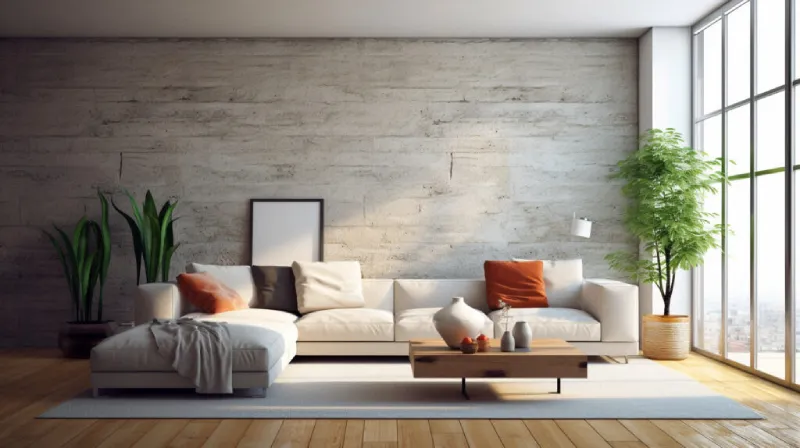
A minimalist seating area does not require extravagant couches or designer sofa sets. Instead, it embraces low-height furniture and encourages the use of a premium floor mat along with cushions and throw pillows arranged around a coffee table.
Additionally, incorporating a daybed in the living room provides versatile seating options for guests during the day and can be transformed into a sleeping area for overnight visitors. Moreover, a daybed serves as a wonderful addition to the house, offering a cozy reading nook, a tranquil space for relaxation, and even a makeshift workspace in the absence of a home office.
Create focal points
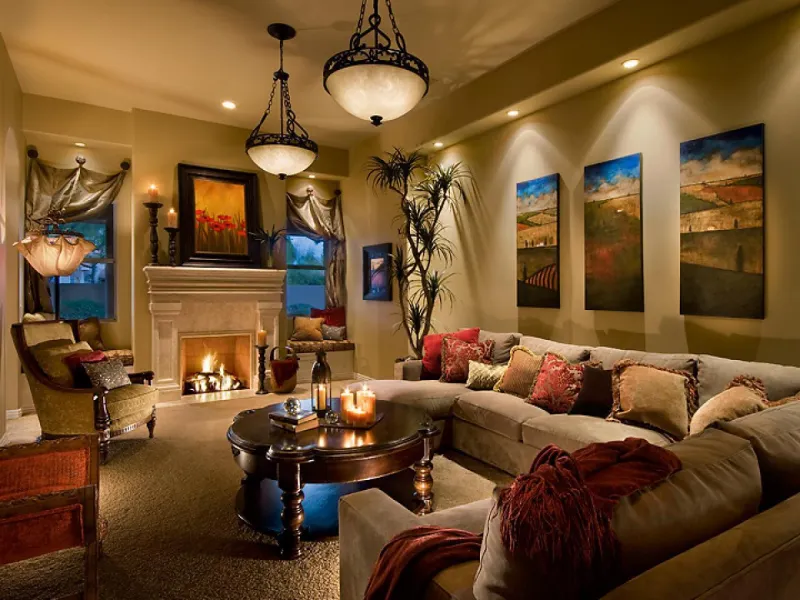
While the minimalist furniture design, lighting, and open spaces contribute to the overall aesthetic, they may appear to be a little lacklustre. Although the greenery adds some life, you may need an extra element to invigorate your home.
Consider creating focal points in your living room and dining room, where you entertain guests. You can achieve this by incorporating accent lighting and clean lines to highlight a piece of wall art, your shelves adorned with decorative items, or even DIY objects that you have crafted. Focal points spark conversations and provide an opportunity to proudly showcase your cherished possessions while maintaining the minimalist theme.
Use basic wall art
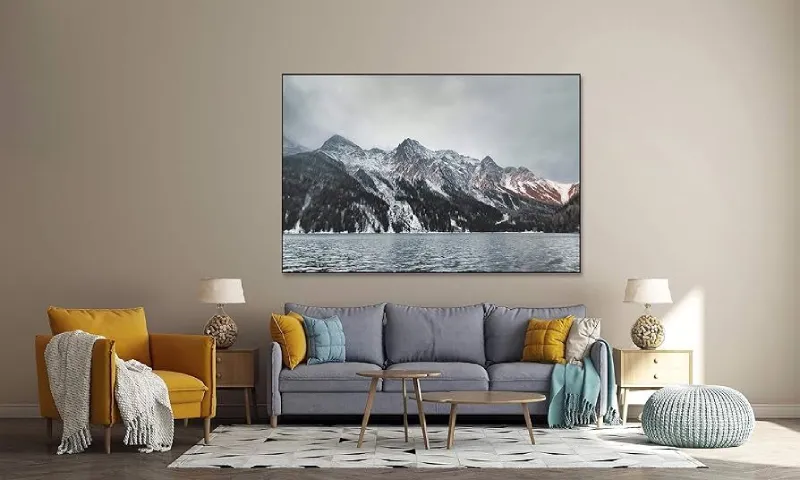
To add a touch of elegance to your minimalist home, consider incorporating simple wall art. One option is to adorn your walls with floral patterns and stickers, which align with the natural theme and enhance the aesthetic appeal of different rooms. Additionally, you can opt for various artworks and display them in sleek wooden frames.
Minimalist interior designs prioritize functionality, especially in small spaces. Therefore, hanging crystal wall art or a series of reflective surfaces can be a great choice. These elements reflect natural light, creating an illusion of a more spacious room.
The principles of Zen philosophy ultimately pertain to generating positive energy and a harmonious flow of chi within your minimalist space. This positivity enhances your overall well-being and cultivates a feeling of tranquility and equilibrium. Embracing simplicity and making room for what truly holds significance will not only revolutionize your physical surroundings but also nurture a profound sense of serenity and contentment in your existence.

